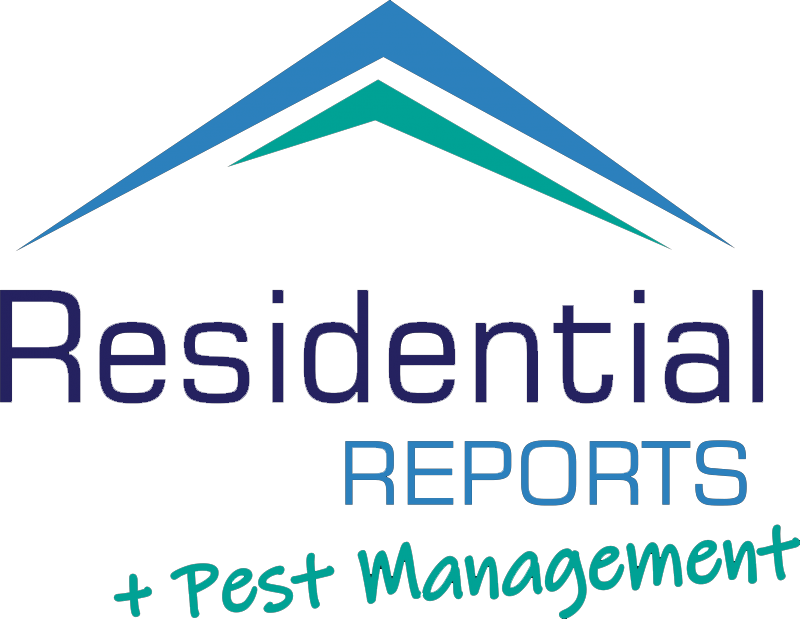EXPERT TERMITE PROTECTION FOR YOUR PROPERTY
The chances of your property coming under termite attack is 12 times greater than a house fire, yet it is not covered by your home insurance! Termite management is often overlooked by home owners, but in reality it is the most important activity property owners need to carry out to protect their biggest investment.
A termite management plan
To provide the best protection for your home you need to put in place a termite management plan. This involves three key components
- Making conditions around your home less attractive to termites
- Having an annual professional termite inspection (more often in high risk areas)
- Installing a termite management system around the building to provide lasting protection
Termite inspections - a "Health check" on your home
Annual termite inspections are a vital part of home ownership. They inspect the house and surround property for termite activity, termite damage and conditions that could make a termite attack likely. Although inspections do not stop termite attacks, they can pick up the first signs of damage before major damage is done and identify conducive conditions that could make a termite attack likely.
Learn more about termite inspections from Residential Reports.
If you don’t have a termite management system in place to protect your property, the inspector will also provide options for protecting your home.
Termite treatment options for protecting your home
Termite management systems are the best way to protect you home from termites. When combined with regular termite inspections, they greatly reduce the chances of a termite attack on your property. The important point to remember with all termite management systems is that they are designed to prevent termites from concealed (hidden) entry into your home. For example a liquid soil treatment around your home does not stop the termites building a bridge over the top of the treated zone. However, when they do so, they will be spotted and the problem can be deal with.
Broadly speaking there are two types of termite managements systems that are used to protect existing buildings from termites
- Liquid soil treatments – liquid insecticide is pump into the ground around the property creating a treated zone which either repels or kills the termites
- Termite baiting systems – plastic bait stations containing wood are placed in the ground around the property. Any termites in the area will start feeding on the wood, when they do, the pest manager adds a termite bait which the termites take back to the nest, killing the colony.
Termite baiting systems have two key advantages over liquid soil treatments
- Liquid soil treatments are not suitable for every property due to the construction type or soil properties
- Baiting systems are the safer, environmentally friend way to eliminate termites as there is no need to pump large amounts of insecticide into the soi
As a result, at Residential Reports we have decided to use baiting as our primary termite control system and when it comes to baiting, we only use Exterra, the world’s No.1 termite protection system.
Learn more about how we use Exterra to protect your home

Tips for making your home less attractive to termites
Reducing moisture around and under your home
1) Ensure ground water drainage flows away from / around your home.
Ground level should slope away from house and / or soil drainage systems should be installed. If you have a moist sub-floor, installing fans may also be beneficial.
2) Don’t have a watering system or regularly water plants adjacent to the house.
This really means you need to avoid substantial garden beds adjacent to the house.
3) Ensure roof guttering and downpipes do not leak and discharge to the stormwater drains.
4) Make sure any external taps are not dripping and ideally have a drain underneath.
5) Check for leaks in the kitchen, bathroom and laundry
(You may need a plumber or pest inspector to help here).
Reduce potential termite food around and under your home
6) Do not use wood mulch immediately adjacent to the house.
If you must use wood mulch, make sure it has been treated with an appropriate insecticide or it is classed as termite resistant timber. Keep in mind, termite resistant does not mean termite proof!
7) Make sure any waste timber or cardboard boxes (also great termite food) are thrown out or stored above ground level, ideally away from the building.
8) Make sure any firewood is stored off the ground away from the building.
Firewood needs to be stored off the ground (on a metal framework)
Keep areas around and under your home clear
9) Keep the perimeter of your home clear of plants and stored items.
If you can’t see the edge of the building you won’t be able to see any termite “break-ins”!
10) If you have a sub-floor, avoid the temptation to store your excess / unwanted items in this inviting area.
Stored goods prevent your ability to see any termite activity and also reduce ventilation. If the stored goods include wood or cardboard boxes, you are also providing some nice termite food!




